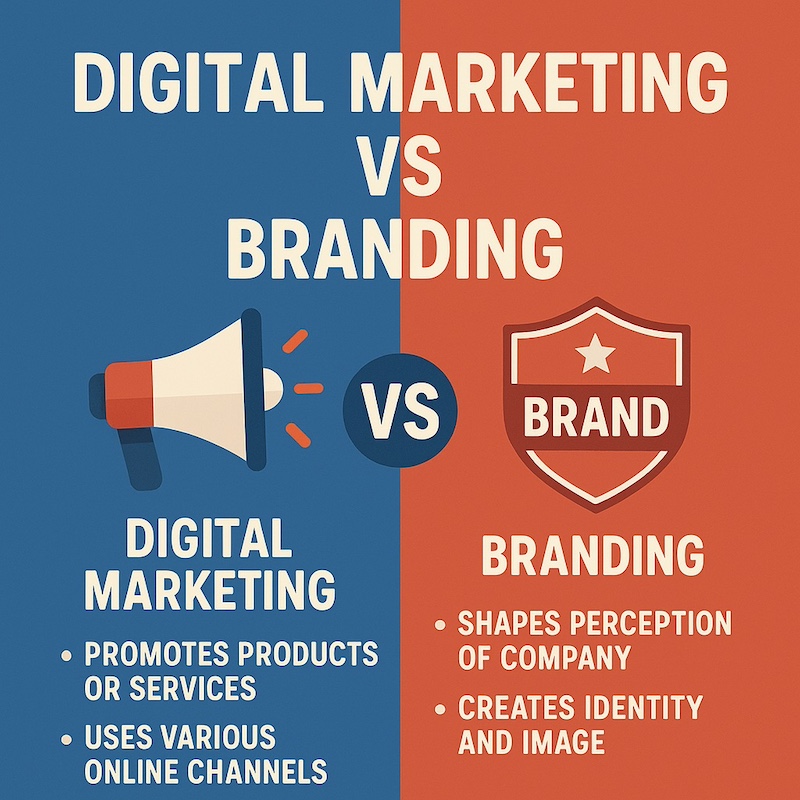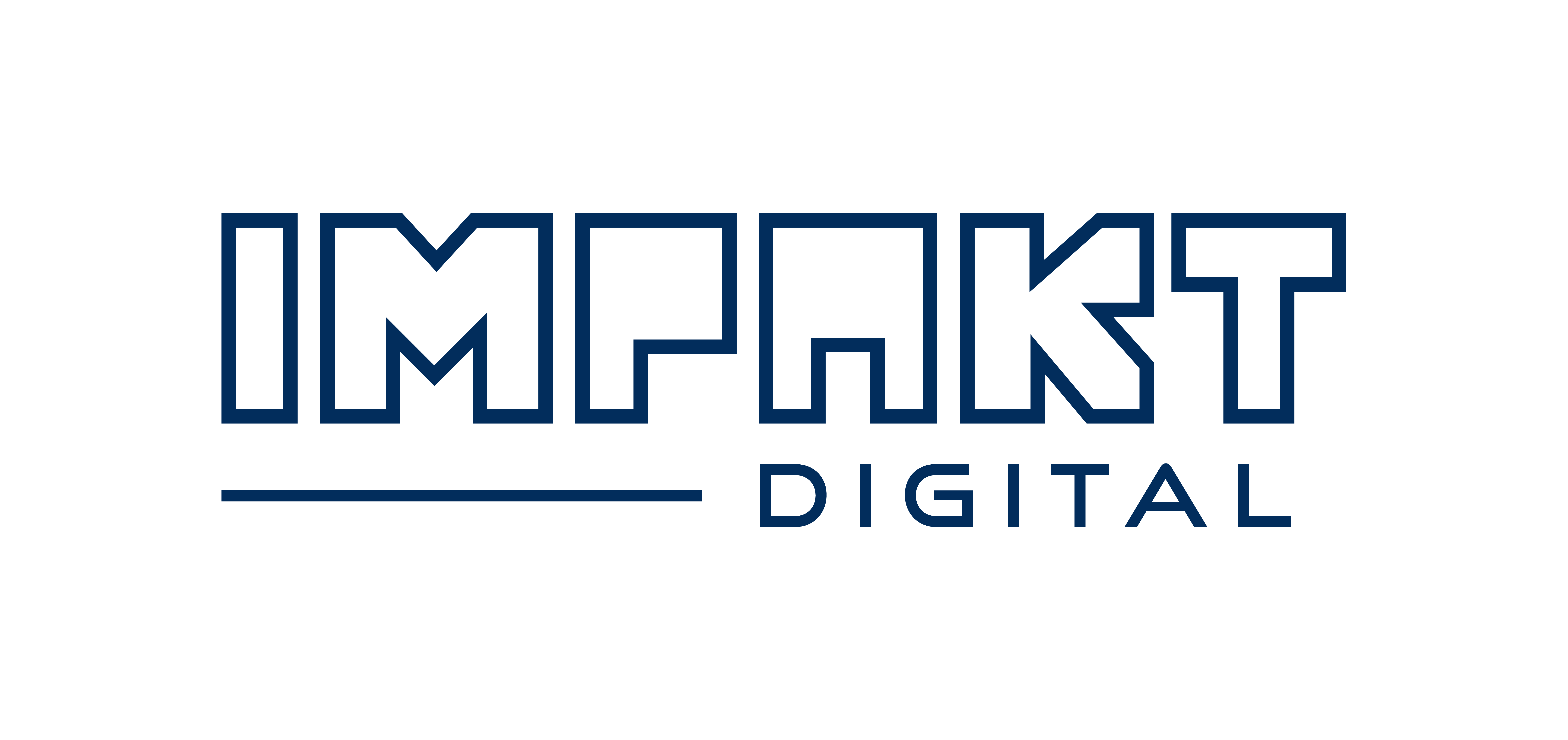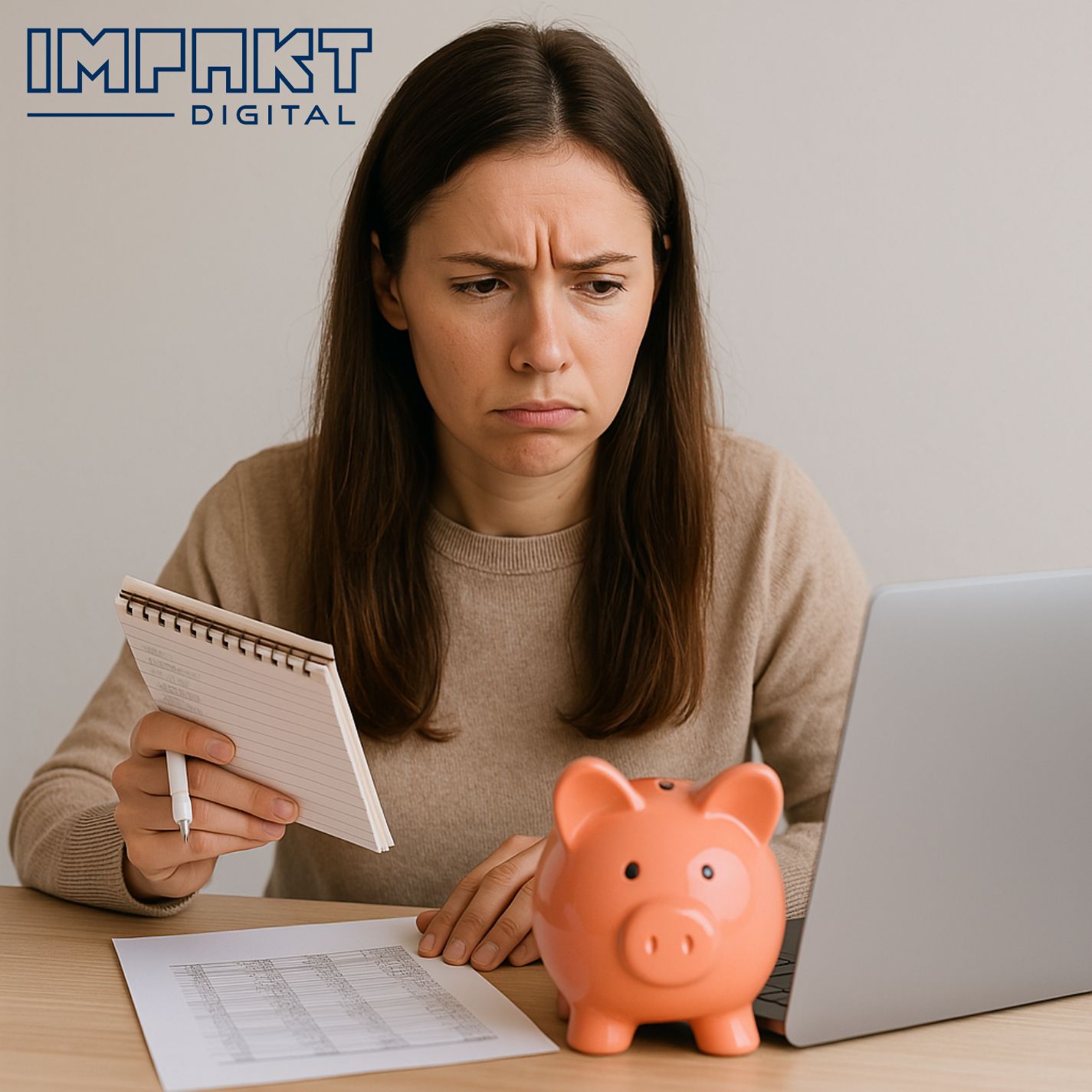
In today’s crowded digital world, standing out online isn’t just about running ads or having a beautiful logo—it’s about building a memorable presence and knowing how to promote it. This is where two crucial but often misunderstood strategies come into play: digital branding and digital marketing.
While they may seem similar at first glance, they serve different purposes. Digital branding is about who you are, while digital marketing is about how you spread your message and drive results.
In this guide, we’ll explore the fundamental differences between digital branding and digital marketing, how they complement each other, and why both are vital for long-term business success.
What is Digital Branding?
Definition and Purpose
Digital branding is the process of shaping your brand’s identity and reputation in the online space. It’s how people perceive your company when they interact with you digitally—on your website, social media, or even in your email communications.
It goes beyond visuals. Digital branding includes your brand voice, mission, customer experience, and emotional appeal. It’s about leaving a consistent impression that makes your audience say, “I like this brand—I trust it.”
For example, think of brands like Nike or Airbnb. Their branding isn’t just a logo—it’s a feeling. You associate Nike with motivation and performance, and Airbnb with comfort and belonging. That’s the power of digital branding.
Core Components of Digital Branding
Brand Voice and Messaging
This includes how your brand communicates across platforms. Are you playful or professional? Serious or casual? A well-defined voice builds familiarity and trust.
Visual Identity
Logos, typography, colors, and design elements work together to make your brand instantly recognizable. A consistent visual identity builds brand equity.
Brand Story and Values
Sharing your “why”—your mission, values, and purpose—creates an emotional bond with your audience. People don’t just buy what you sell; they buy why you do it.
Digital Touchpoints
From your website UX to your Instagram feed, every interaction reinforces your brand personality. Cohesiveness across all platforms builds credibility.
Benefits of Strong Digital Branding
- Builds emotional trust and loyalty
- Helps your brand stand out in a competitive market
- Creates a consistent identity that customers remember
- Increases perceived value, making your offerings feel more premium
What is Digital Marketing?
Definition and Purpose
Digital marketing is the promotion of your products or services using online channels. It includes a wide variety of tactics—SEO, PPC, social media, email marketing, and more—designed to reach the right audience and generate measurable results like traffic, leads, and sales.
Where branding aims for connection, marketing aims for conversion. Digital marketing is tactical, often campaign-driven, and performance-focused.
Imagine you’ve built a beautiful brand. Now what? Without digital marketing, your audience won’t find you. That’s why both need to go hand-in-hand.
Popular Types of Digital Marketing
Search Engine Optimization (SEO)
Helps your website rank higher in search results so people can find you when they search for relevant topics.
Pay-Per-Click (PPC) Advertising
You bid on keywords and pay only when users click on your ad. It’s a fast way to gain visibility, especially for new businesses.
Social Media Marketing
Creating and sharing content on platforms like Instagram, Facebook, or LinkedIn to connect with your audience and drive engagement.
Email Marketing
Personalized emails help you nurture leads, retain customers, and promote offers.
Content Marketing
Blogging, video tutorials, webinars, and whitepapers all build authority and attract organic traffic.
Influencer and Affiliate Marketing
Leverage the reach of influencers or partners to tap into new customer bases.
Benefits of Digital Marketing
- Drives immediate visibility and engagement
- Allows precise audience targeting
- Offers measurable KPIs and ROI
- Scalable and cost-effective for businesses of all sizes
Related Reading – Benefits of Having a Budget for Digital Marketing
Digital Branding vs Digital Marketing: What’s the Difference?
Although they often overlap, here’s how they compare side by side:

Example Breakdown
Let’s say you’re launching a new fitness app:
- Branding defines what your app stands for (e.g., accessible health for all), your design aesthetic, and how you talk to users.
- Marketing involves SEO to rank for “best home workout app”, social ads to drive installs, and email campaigns to retain users.
They’re distinct, yet deeply interdependent.
Why Both Are Essential for Business Success
Here’s the simple truth: digital marketing attracts attention, but branding keeps it. One without the other creates an imbalance.
- A company with great marketing but poor branding may get clicks, but struggles to earn loyalty.
- A beautifully branded company that doesn’t market itself won’t get seen in the first place.
When branding and marketing align, your message becomes clearer, your strategy becomes stronger, and your customers become more loyal.
Case Study: Starbucks
Starbucks has one of the most recognizable brands in the world. But they don’t stop at branding. Their digital marketing—personalized app notifications, loyalty rewards, seasonal campaigns—consistently reinforces their brand promise of convenience and community.
How to Align Digital Branding and Marketing Strategies
Start with Your Brand Foundation
Before spending a penny on ads or SEO, define your:
- Mission and vision statement
- Ideal customer profiles
- Brand tone and messaging
- Core visuals and content guidelines
Keep Everything Consistent
Every campaign, social media post, and customer interaction should reflect your brand values. Consistency builds familiarity and trust.
Use Marketing to Test and Refine Branding
Digital marketing gives you access to real-time feedback. Use A/B testing, heatmaps, and analytics to see what content or messaging resonates most—and let that data shape your brand evolution.
Common Mistakes to Avoid
- Skipping brand strategy: Jumping into marketing without a solid brand confuses audiences.
- Inconsistent visuals and voice: Incohesive branding weakens trust and recall.
- Focusing only on short-term metrics: Without brand-building, your marketing ROI may suffer over time.
Remember, branding is a long game—but it’s the foundation that makes your short-term marketing campaigns more effective.
FAQs
Is branding a part of marketing or separate?
Branding is often considered a subset of marketing, but it deserves its own strategy. Think of branding as setting the stage, and marketing as the performance.
Can I do digital marketing without branding?
You can, but it’s risky. Without clear branding, your marketing may come off as generic or disconnected, leading to poor customer retention.
Which should I invest in first—branding or marketing?
Always start with branding. You need a clear identity before you can communicate effectively through marketing campaigns.
Conclusion: Let’s Build Your Brand the Right Way
At Impakt Digital, we don’t just build ads—we build legacies. We believe that powerful digital growth comes from marrying smart marketing with intentional branding. Without a brand, your marketing lacks soul. Without marketing, your brand lacks reach.
That’s why we take a holistic approach: helping startups, small businesses, and scaling companies establish a brand people trust and create marketing strategies that deliver real results.
If you’re ready to build a digital presence that stands out, connects deeply, and grows fast, we’re here to help you every step of the way. Contact us today!




